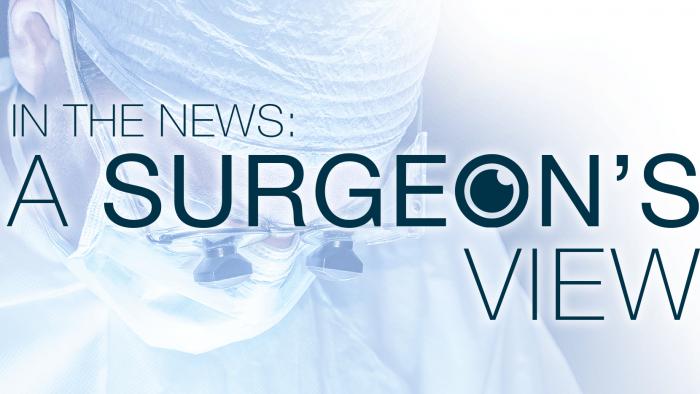Creating a work culture of professionalism, personal safety, and inclusiveness is a team effort. When seeing a colleague who is undergoing sexual harassment, whether it is being subjected to sexually crude jokes, unwanted sexual attention, or even quid pro quo sexual coercion, bystander intervention is a must.
